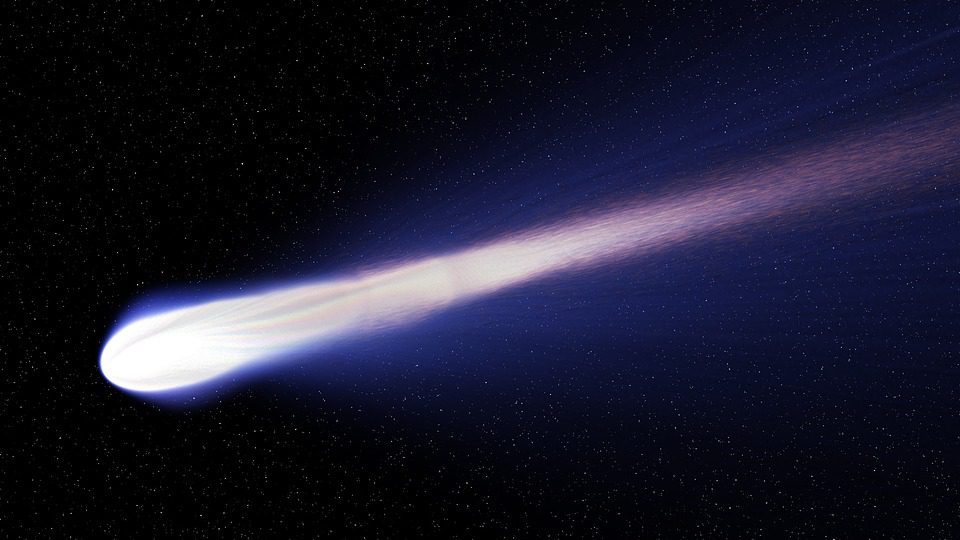The Bernardinelli-Bernstein comet was first discovered in 2021 and is the largest comet ever seen.
The new record, which was announced on the preprint website arXiv and has now been approved to be published in the journal Astronomy and Astrophysics Letters, dethrones the Hale-Bopp comet. Hale-Bopp was found in 1995 then became visible to the human eye in 1996, with a diameter of 46 miles (74 kilometers). Bernardinelli-Bernstein, widely recognized as comet 2014 UN271, is currently estimated to measure 85 miles (137 kilometers) in diameter.
The latest study, conducted by astronomer Emmanuel Lellouch of the Observatoire de Paris, utilized observations from the Atacama Large Millimeter Array located in Chile, which was obtained in August 2021, when the comet was around 19.6 AUs away.
Microwave radiation emitted by the comet’s mass was investigated by researchers. The size of the comet might be estimated using the wavelengths of reflected light. The researchers said in their new report that this is the farthest distance that this sort of observation has been performed previously.
The researchers stated that getting a measurement while Bernardinelli-Bernstein is still so far away is interesting since the comet will most certainly diminish dramatically when it approaches Earth. The comet’s dust and gas tail will extend as it moves nearer to the sun, while the main body melts and shrinks.
Because Hale-Bopp was at its nearest approach, the comet will also not be visible to the eye, but scientists anticipate to learn a great deal regarding Oort Cloud objects from the visitation.
Lellouch and his collaborators noted that large observatories such as the Atacama Array will enable scientists to understand more about the chemical makeup of the comet as it passes. They should learn much more about comet’s temperatures, spin, and form in the near future.
Article originally published on Live Science.














Leave a Reply